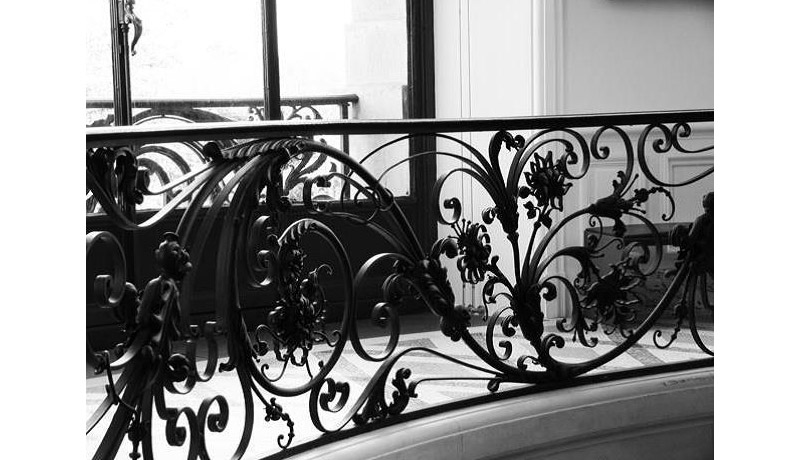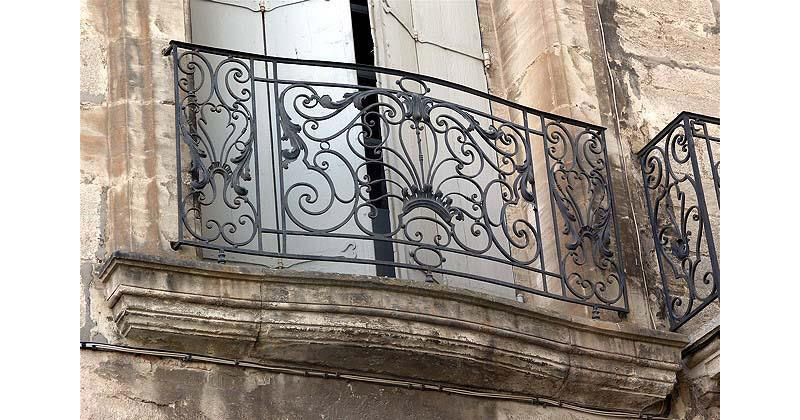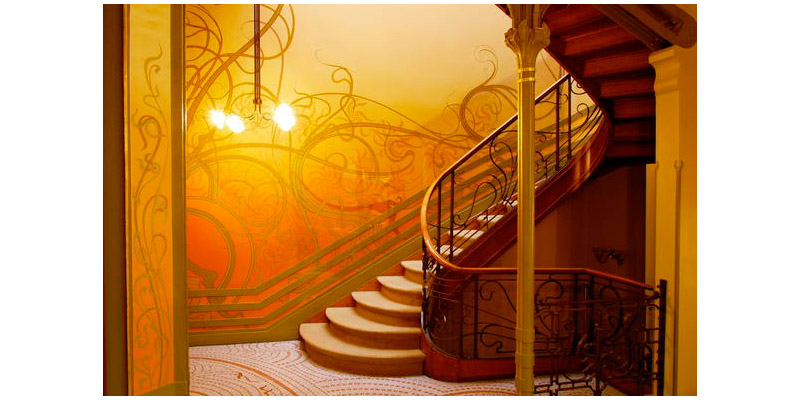A journey back in time looking at the design origins of decorative ironwork
“Hand forged Ironwork is the Salt & Pepper of Architecture.” Samuel Yellin, 1885-1940”
The origins of iron production and aesthetics
The first iron production started in the Middle Bronze Age. The Hittites were the first to understand the production of iron. The vast availability of the raw material enabled bronze weapons to be replaced with iron ones. In Europe, the spread of ironwork is associated with the Celtic Expansion, being first introduced to Greeks around 1100-1000 BC and reaching western and central Europe by 600 BC.
Iron was originally mainly used for functional purposes: as a weapon, tool or architectural feature. It is in the Middle Ages that iron became extensively used for decoration. The blacksmith was considered to be as equally important as the local doctor: the doctor kept the people healthy, the blacksmith kept the town moving. The ability to transform a seemingly coarse, hard material into something refined and beautiful was seen as a true gift.
Baroque and Rococo decorative wrought iron
Baroque and Rococo were the periods of history with the most ornate wrought iron. This type of ironwork, which literally meant “worked iron”, was forged by a blacksmith using an anvil and a hammer. Decorative Ironwork design was deeply rooted in classical and medieval allusions to mythology, legends, religion and botanical forms. It was done all over Europe: Cathedrals in Spain had an ornate iron around the screens; in France, the decorative wrought iron with rich scrollings and bold foliations was used in balconies, stair railings and gateways.

Ironwork Balcony, Pezenas, France. Photo credit David Callan, 2006
Henry Cort and the Puddling system onwards
With the Industrial Revolution and the arising of new production systems, the Briton, Henry Cort found a way to refine wrought iron in 1784. He was the first using the Puddling system: one of the most significant processes of making malleable wrought iron, a system of making bar iron without charcoal. This enabled a great expansion of iron use.
It was with the Arts and Crafts that wrought iron had its glorious days. This Movement was an attempt to reform the styles associated with machine-production. They insisted on hand-made, creative and quality products for the ordinary man.
In the beginning of the 19th Century cast iron replaced wrought iron due to its lower cost; it was produced in a furnace, stoked with alternate layers of coked iron and poured into molds. It was introduced by the Chinese in the 5th Century BC but it only reached West Europe in the 15th Century. It was very brittle so it was used only for a small number of purposes. By the end of 18th Century with the Art Nouveau it was used for balconies, railings, gates and street furniture.

Stair handrail and balustrade at the Petit Palais, Charles Girault, Paris, 1900. Credit photo: Thrifty Finn
The Art Nouveau, or Jugendstil, influence on ironwork design
The Art Nouveau or Jugendstil was a style with a striking belief in the future, so it attached to this modern techniques and materials using large glass surfaces, cast iron and steel. It was inspired by nature, it refuse to copy from the past styles and it had the strict conviction that creativity and craftsmanship were more valuable that mass production. This style was characterized by flowing “moving” lines, the motives and patterns were organic (based on flora & fauna) and the designers draw the famous “whiplash” motifs, formed by dynamic, undulating and flowing lines in a syncopated rhythm.

Hotel Tassel, Victor Horta, Brussells, 1893, showing the ondulate whiplash design on the walls and stair balustrade design.
The onset of steel as a replacement for iron
Although the late 19th Century and beginning of the 20th Century was a prosperous time for the construction of mass quantities of ornamental ironwork, that supported and enhanced the architecture of the time, its use has declined for the past decades. Steel replaced it gradually. In the 1960s, the price of steel production was dropping due to recycling and it was estimated that steel production would be half the price of that of wrought iron. Steel is also a non-oxidant material that provides a long life to the product. For those reasons, wrought and cast iron is almost eradicated, being only produced for heritage restoration purposes.